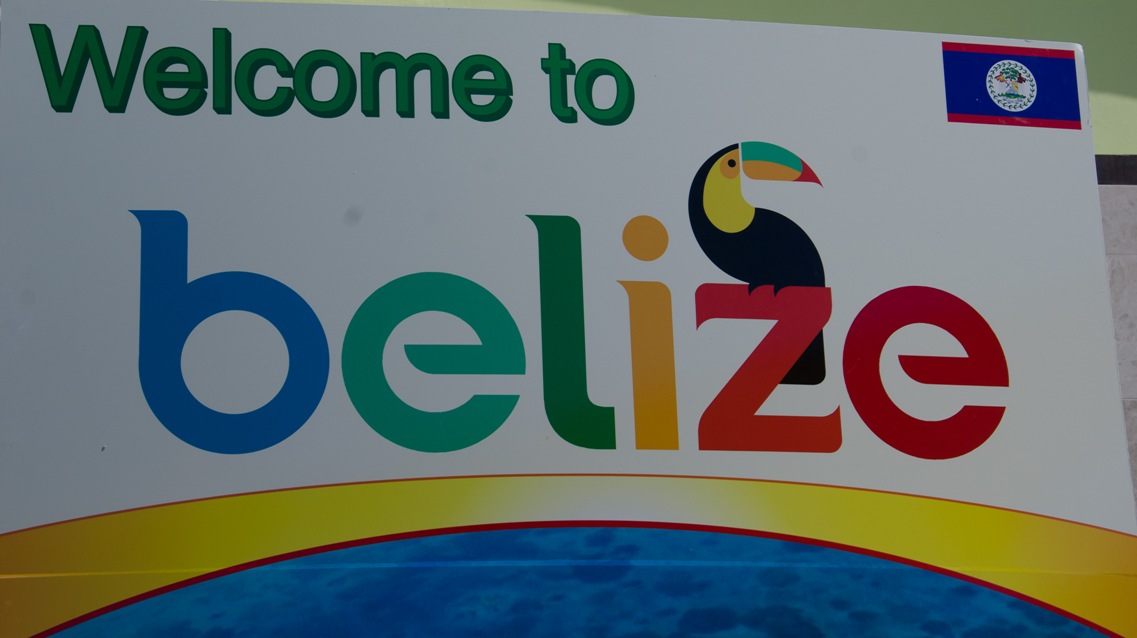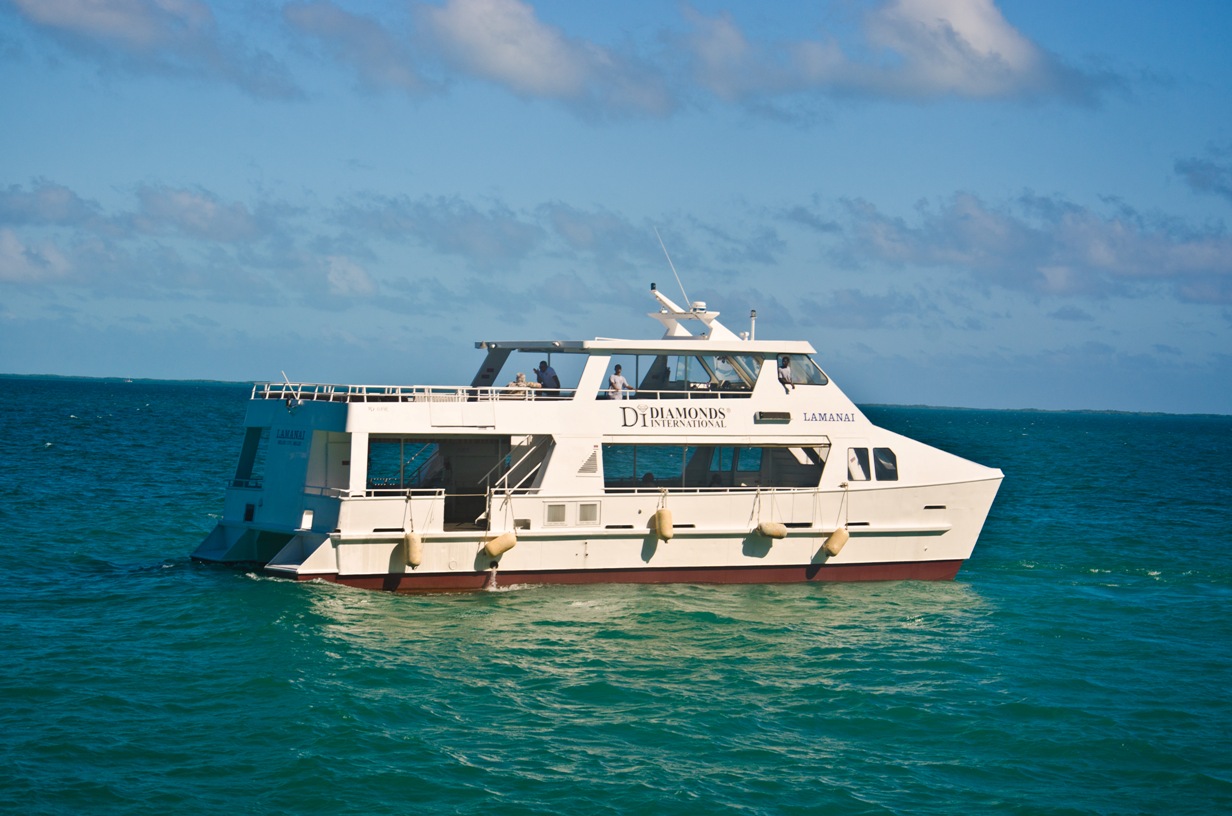
Closer. . .
Approaching pier
Haven for tourists
Shops along the pier
4 blocks from safety of pier
The "real" Belize City
Belize
Location: 17° 15' N, 88° 45' W Population: 334,300 Capital: Belize City pop. 89,350 Length/Width: 174 mi long, 62 mi wide Area: 22,960 km² (8865 sq. mi) Avg Temp: 75F° - 81°F Rainfall: North & West 53.1 in. Extreme South - 177.2 in. Language: English Money: Belize Dollar (BZD) Time Zone: Central - CST (UTC-6) Commerce: Mostly Tourism, Farming (bananas, cacao), Oil History:The Maya were the first people to develop Belize circa 1500 B.C.E. European contact was probably around 1502 when Columbus reached the area's coast. In 1638, England established the first European settlement after which additional ones continued to emerge over the next 150 years.
In 1840, Belize became a "Colony of British Honduras" and in 1862, it became a crown colony. For the next hundred years Belize was a representative government of England. In January 1964 Belize was granted the right to self govern. In 1973, the region's name was officially changed from British Honduras to Belize. On September 21, 1981, Belize was granted full independence. Today, Belize is a parliamentary democracy within the British Commonwealth, and has an executive branch headed by Queen Elizabeth II as chief of state and a local head of government. Tourism is by far the largest revenue generator with the rest of its economy consisting mainly of small private enterprises. While Belize does export some agricultural products, the remaining industries are garment production, food processing, construction and oil. Belize is truly a third world, poverty ridden country. When cruising to Belize City, it is strongly suggested that you remain within the protected boundaries of the cruise ports unless you are booked on a ship sponsored shore excursion.Working, not begging (rare)
Outdoor Theater
Street walkers
© Copyright 2008 Write Sounds Entertainment, Inc. All Rights Reserved.

















